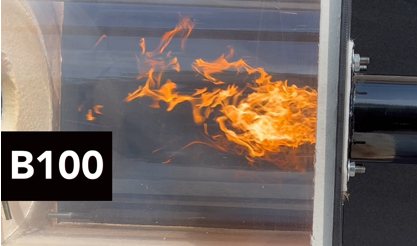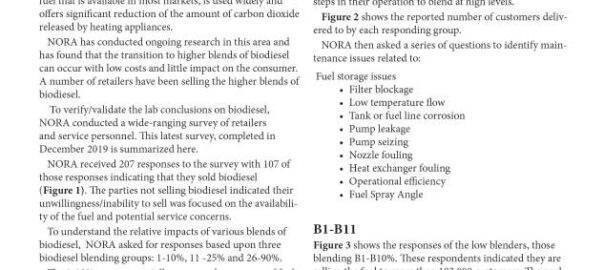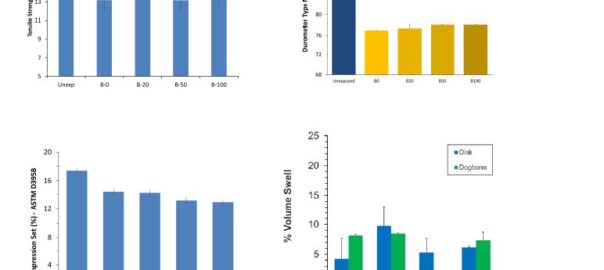Biodiesel-Rated Products & Accessories
When servicing or installing equipment in homes using biodiesel or Bioheat® fuel, technicians must select components & accessories specifically rated for biodiesel lends at or above the blend being delivered—or as required by state or local regulations.
Biodiesel-rated parts including tanks, gaskets, hoses, filters, pumps, seals, and all other fuel-contact materials are engineered for long-term compatibility with biodiesel. These components resist swelling, degradation, premature wear, and fuel-related failures that can occur when conventional materials are exposed to higher biodiesel blends.
Using biodiesel-rated products not only ensures stable, reliable system performance and helps maintain fuel quality from storage to combustion, but it also future-proofs
the installation. As the industry continues to move toward higher biodiesel blends and low-carbon liquid heating fuels, proper component selection becomes essential for delivering safe, efficient, and trouble-free operation, today and for years to come




